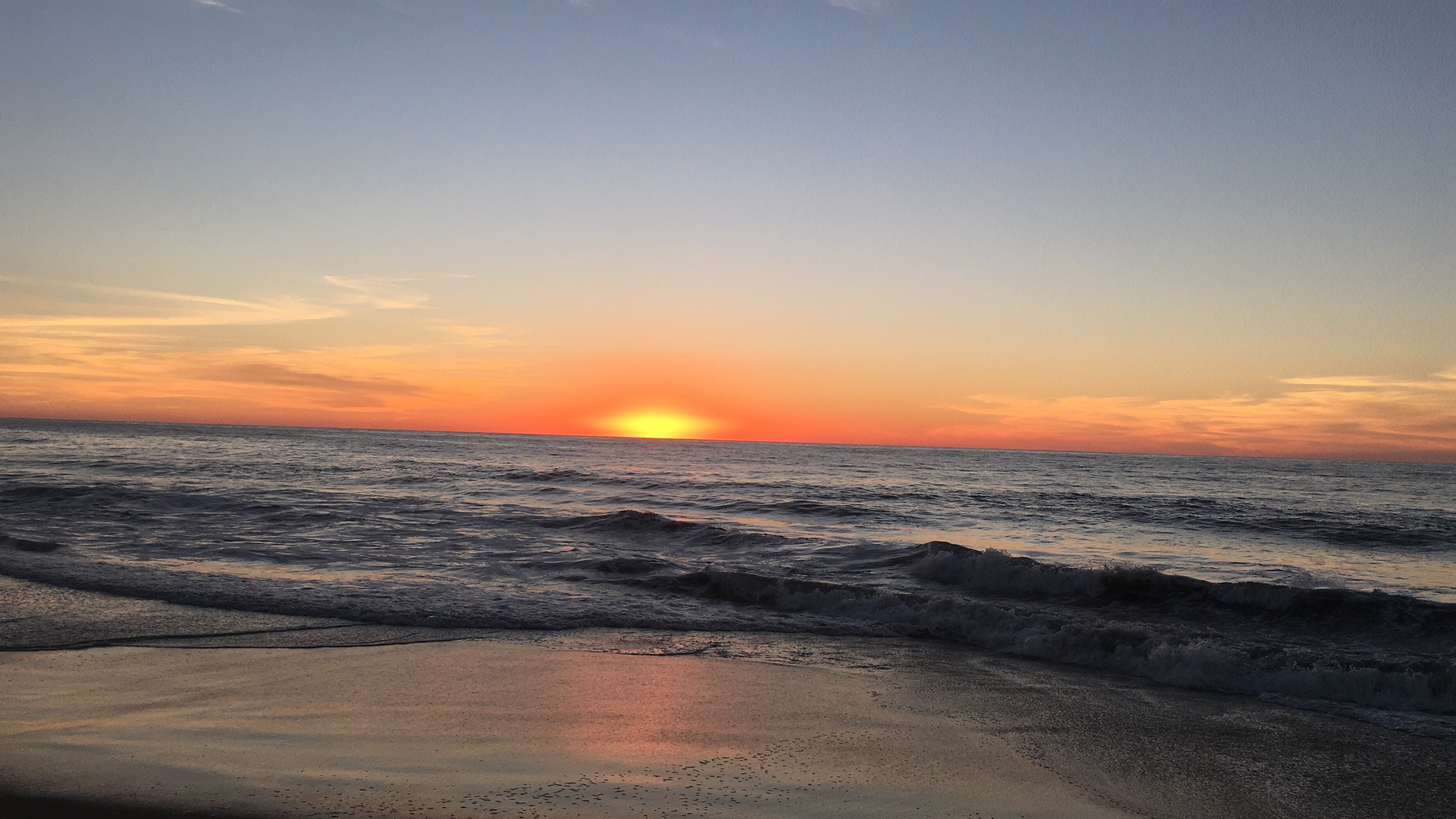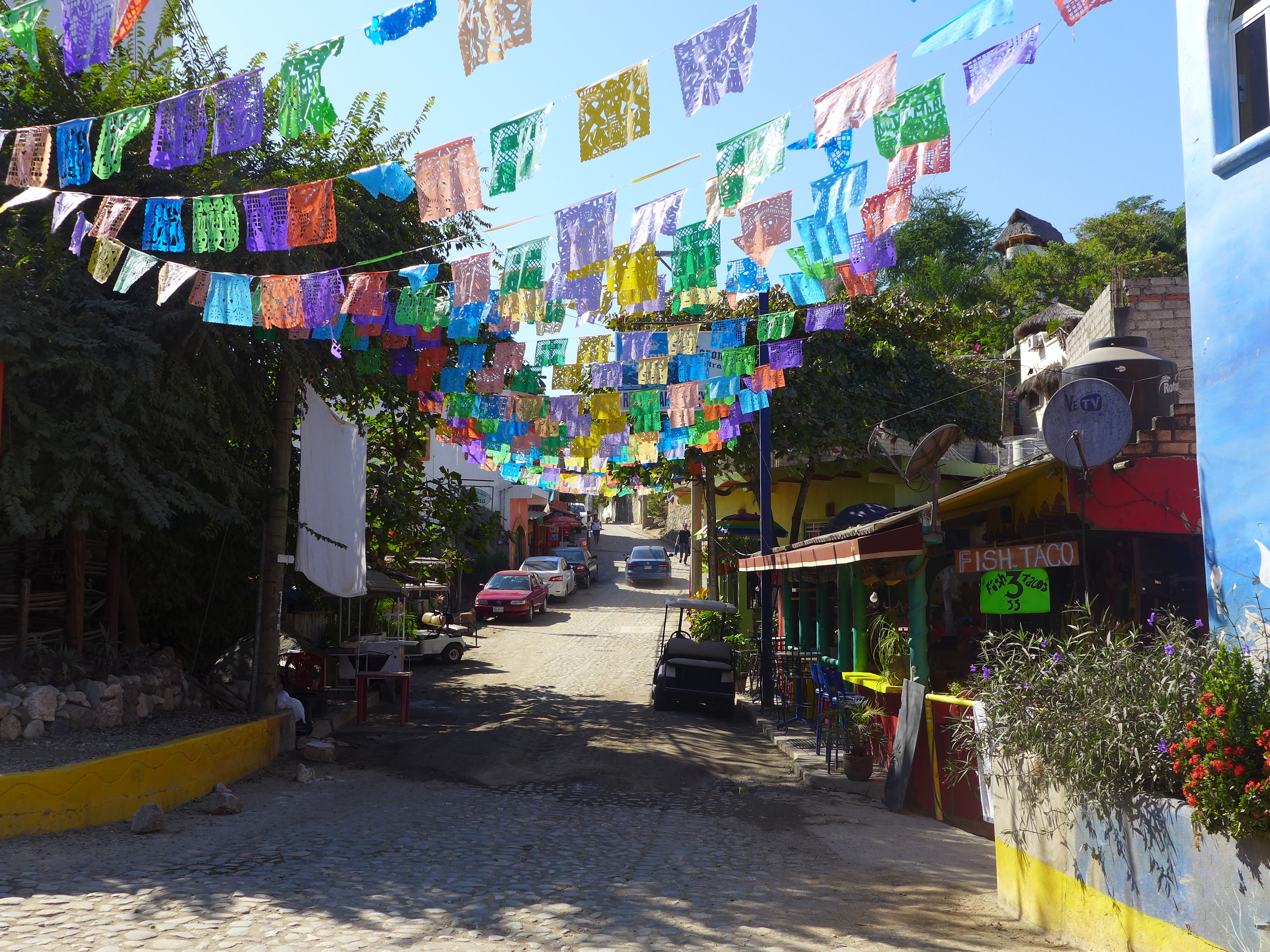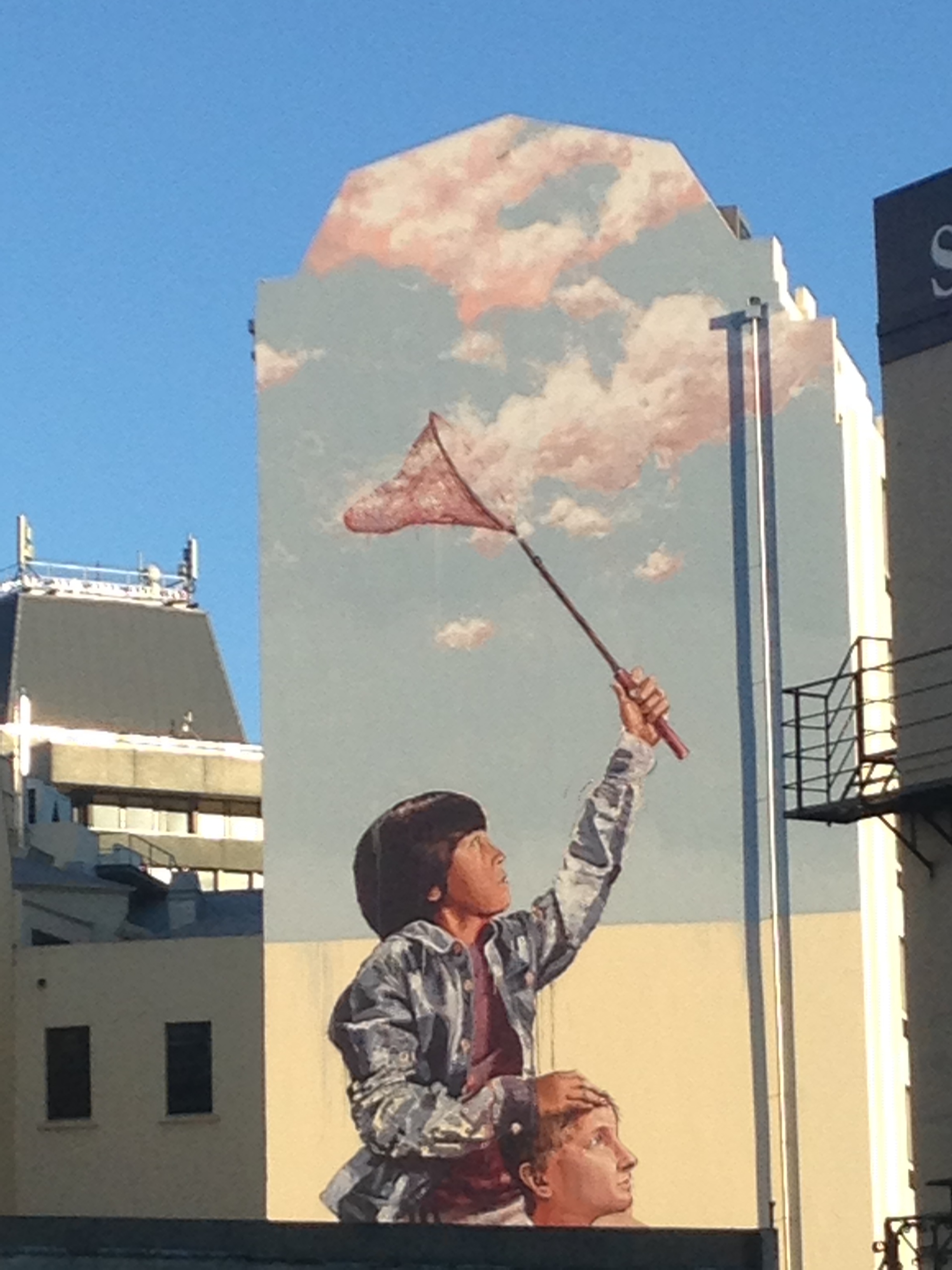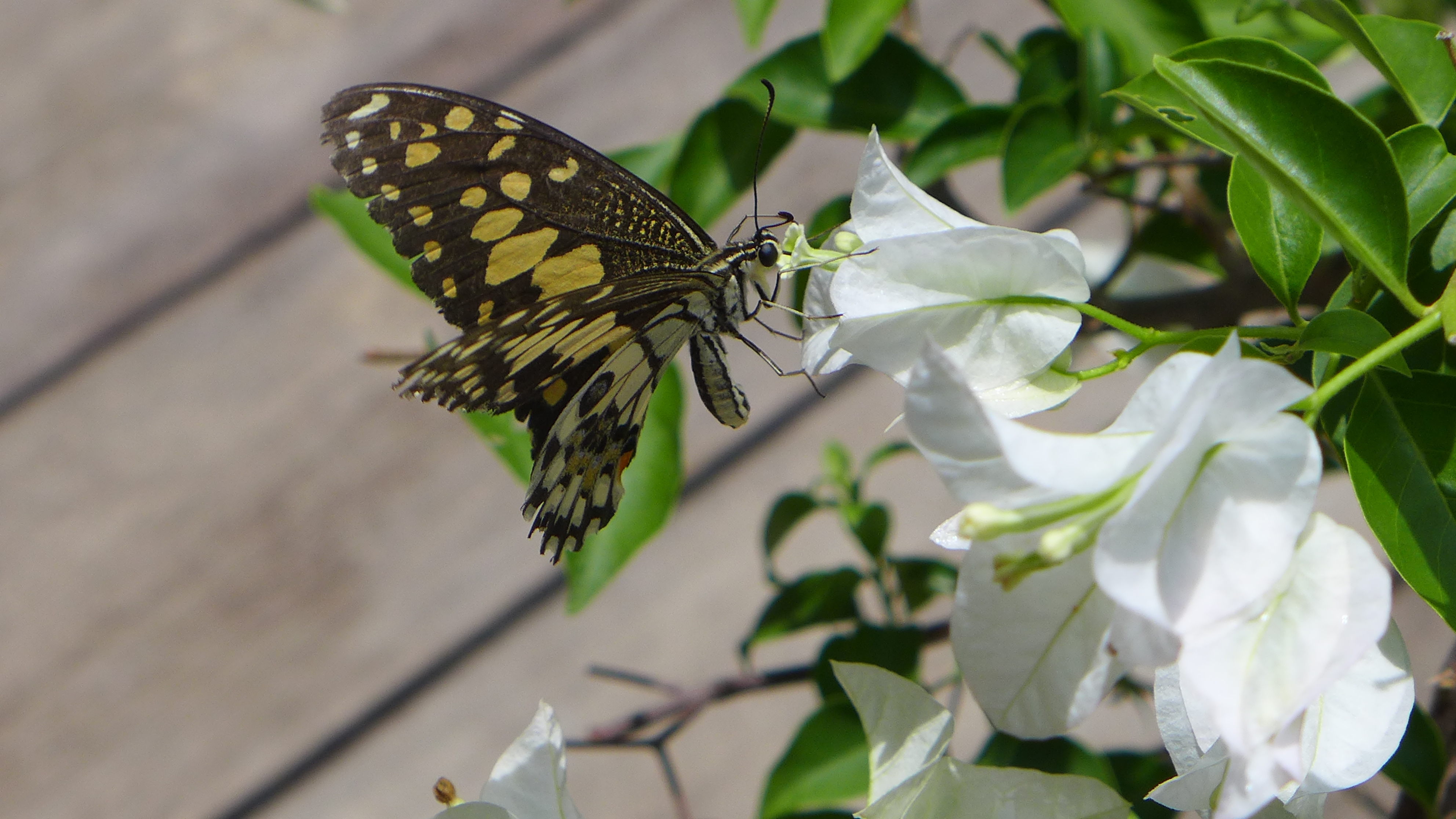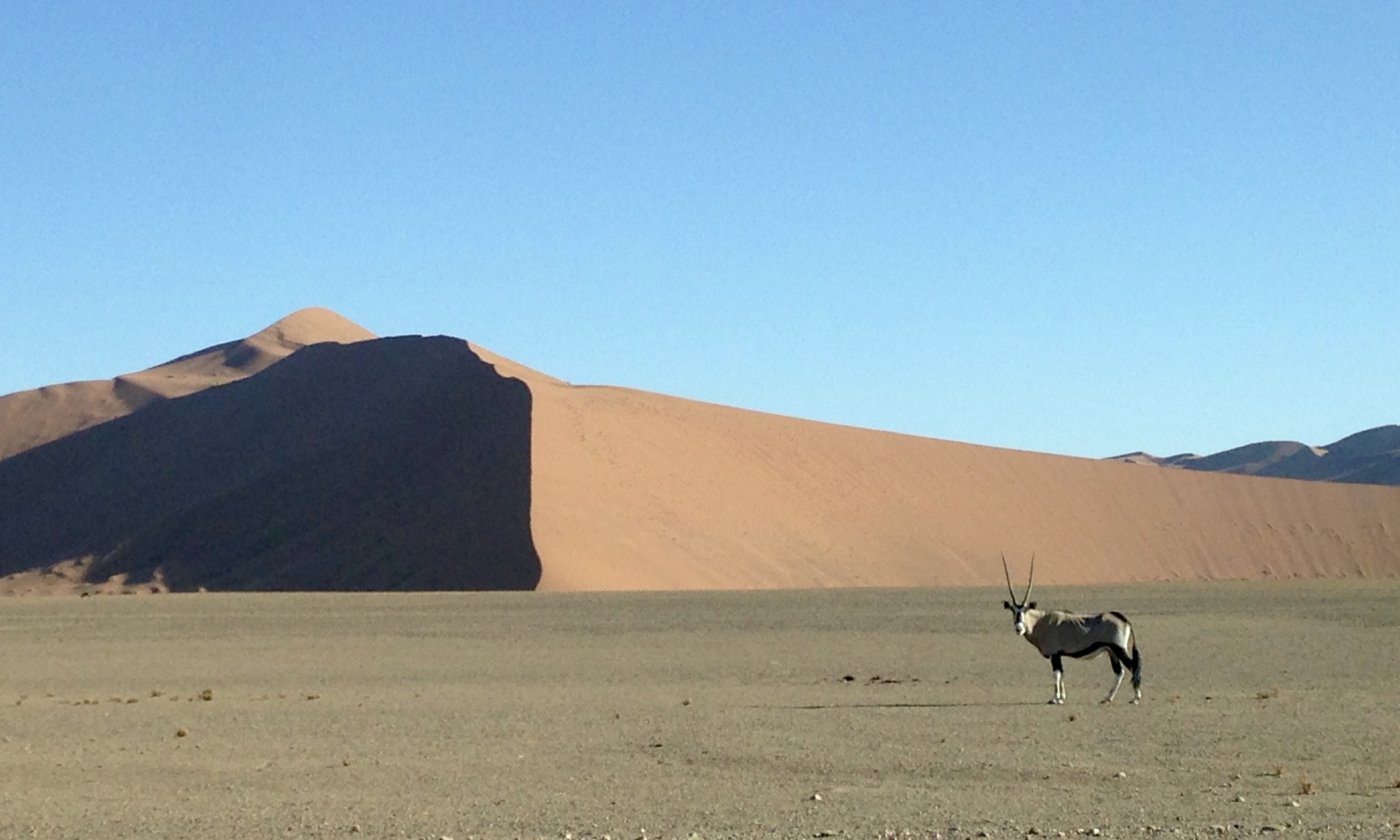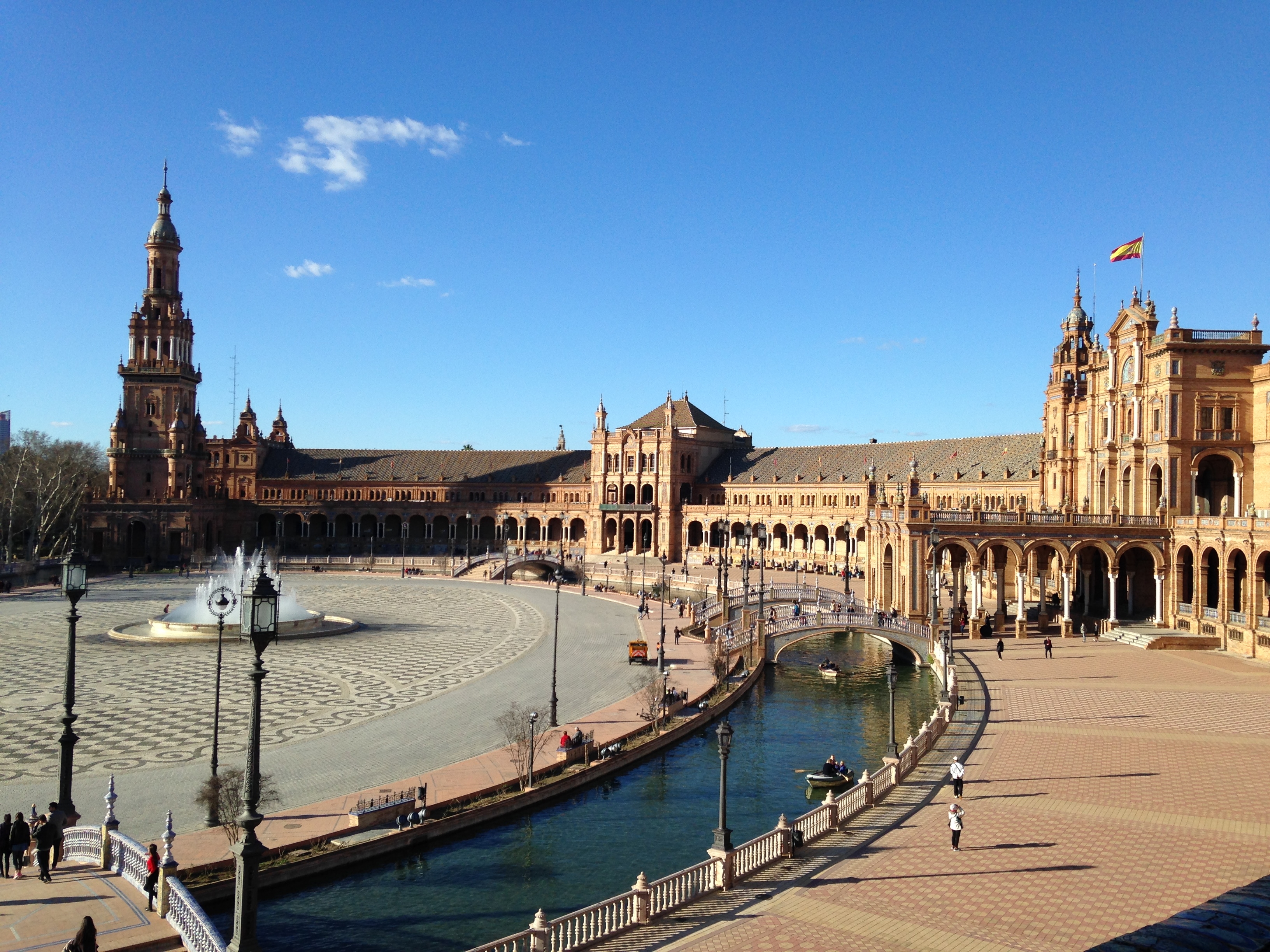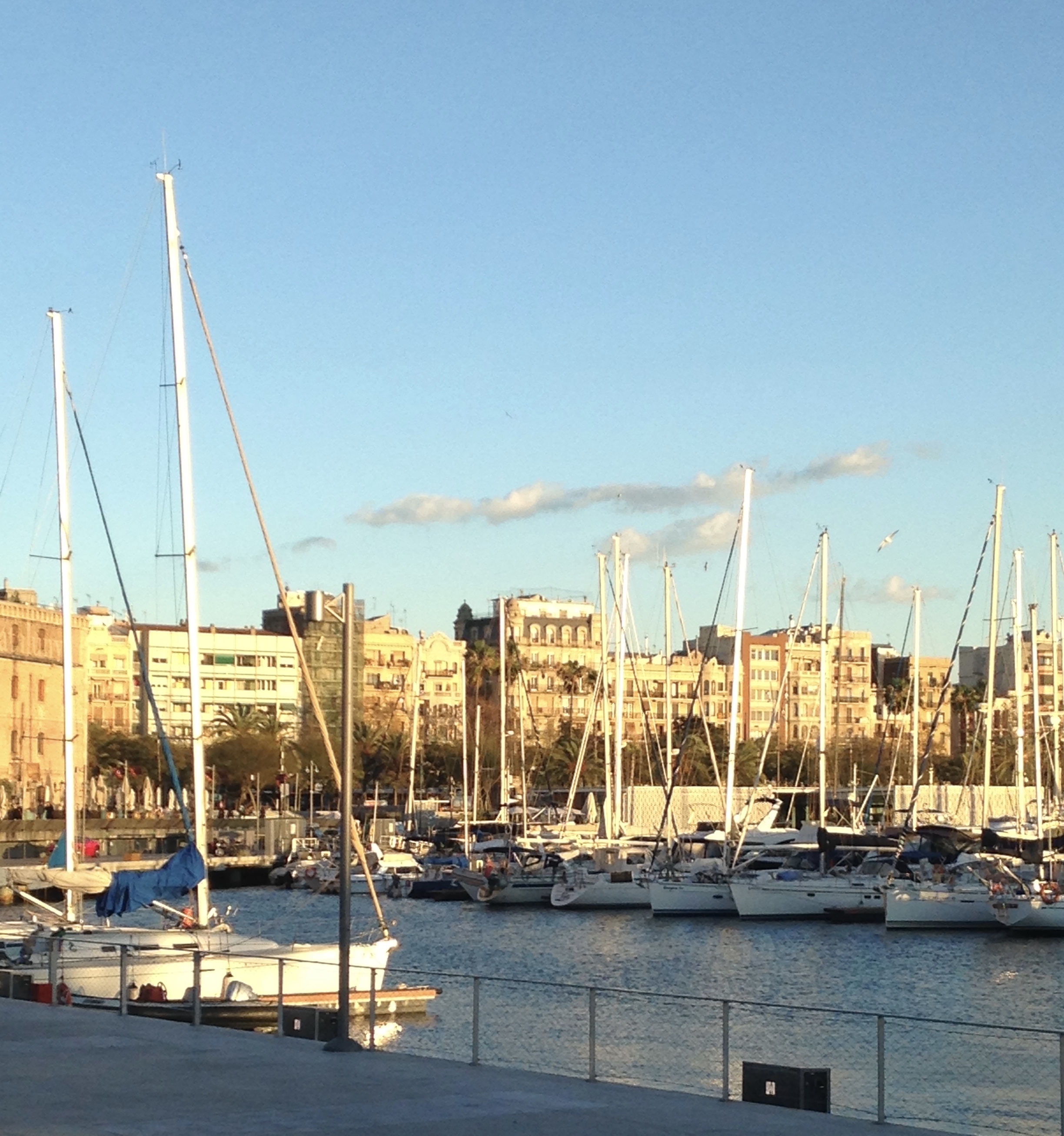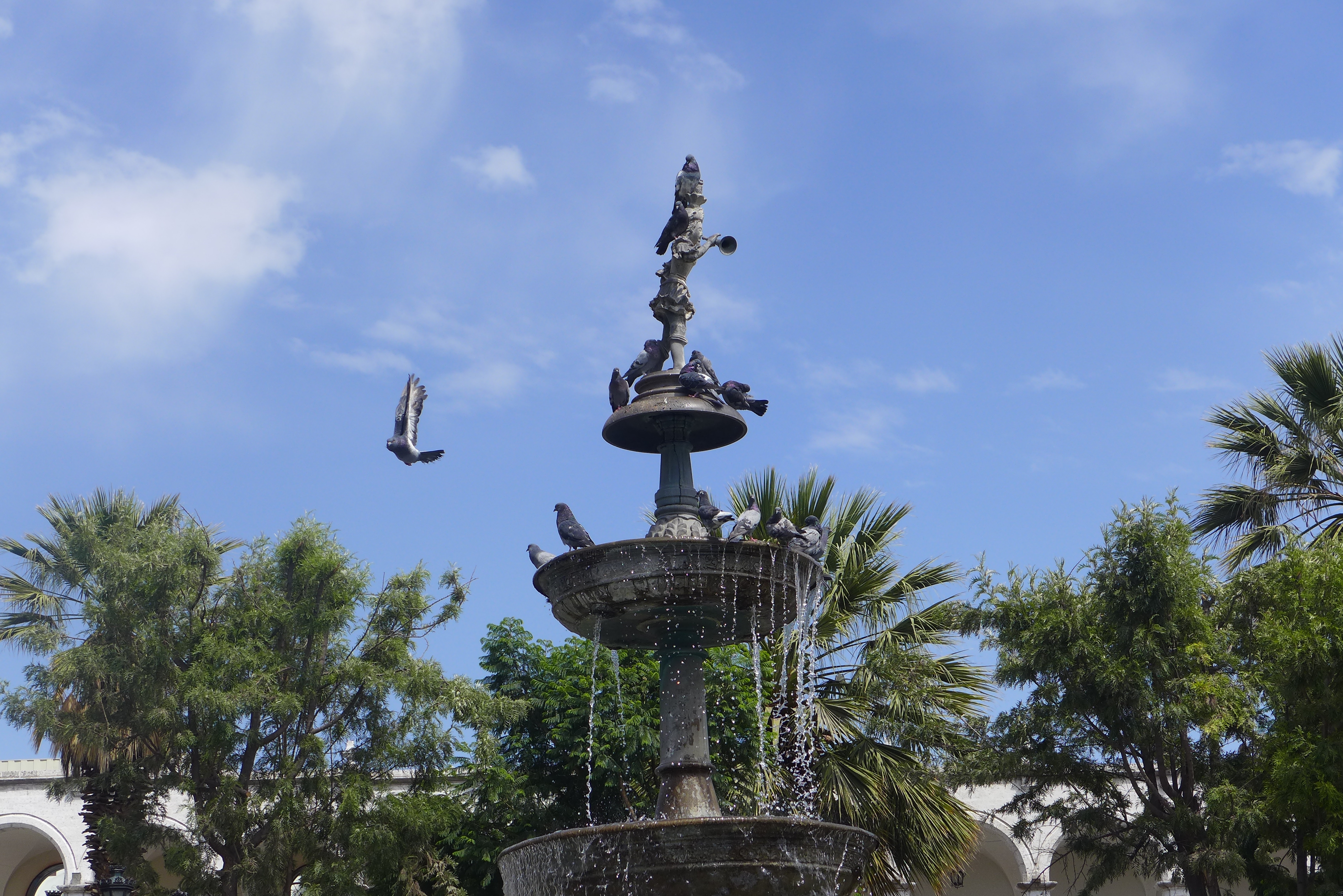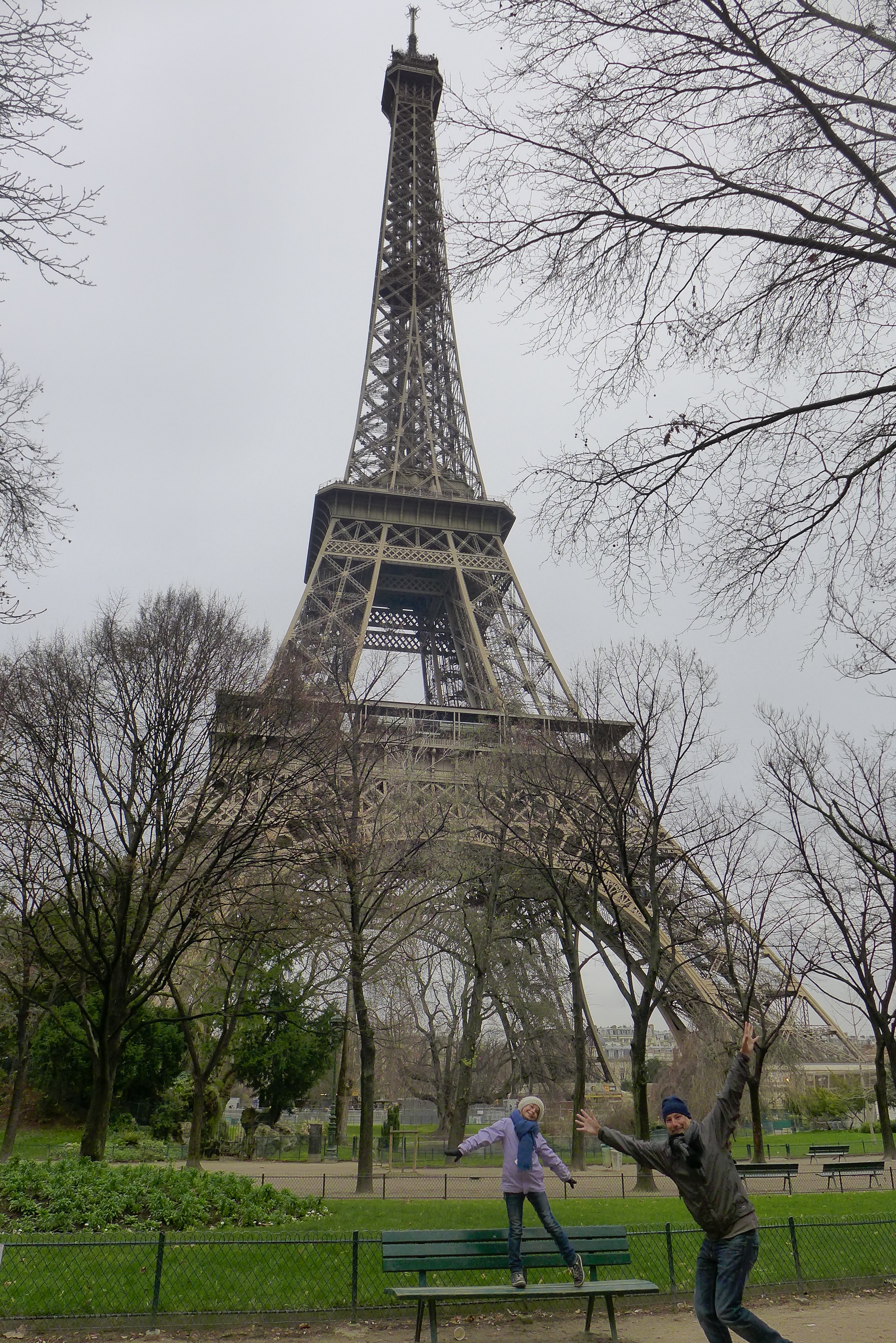As I made my way along the river that flows through the city of Sevilla, Spain to my morning Spanish class, I watched a flock of white birds alight across the shimmering water. The beauty of that scene filled me with love and gratitude for my presence of mind and for walking in the morning light on this river path, in this new city.  For me, especially in my work as a therapist, I have learned that remembering to be grateful for things in your day, even the simplest of moments, has a way of connecting you deeply to that moment. It brightens the colors of the scene, sparks a feeling of happiness, combats even the darkest moments, or the moments when anxiety has a vice grip on your heart and lungs. Gratitude is powerful. I am grateful for gratitude and I am grateful for our time in Sevilla.
For me, especially in my work as a therapist, I have learned that remembering to be grateful for things in your day, even the simplest of moments, has a way of connecting you deeply to that moment. It brightens the colors of the scene, sparks a feeling of happiness, combats even the darkest moments, or the moments when anxiety has a vice grip on your heart and lungs. Gratitude is powerful. I am grateful for gratitude and I am grateful for our time in Sevilla.
In thinking of the many ways to write about Sevilla, a simple formula comes to mind:
Five Things to Love about Sevilla, Andalusia, Spain (in no particular order):
1) The Orange Trees:
In each new city, I always find myself riding in the backseat of the taxi, Jacob likes to be brave and practice Spanish with the driver and I don’t mind managing the girls. The benefit of the backseat is that I get to listen and try to decipher the conversation while I watch out the window, taking in the scene of our new surroundings. As we ventured from the main train station to our apartment in the Los Remedios neighborhood, the orange trees immediately caught my attention. They line all the streets. They are filled with dozens of oranges. What do they do with all these oranges? Are you permitted to pick them and eat them as you meander down the sidewalk? What happens when they fall off? Is there a river of oranges that are smashed on the street or used like soccer balls on the sidewalks? What is it like in spring when the trees are blooming?
I was certainly struck by the way they provide the perfect accessory to the city’s collection of Moorish buildings with their rounded roofs and walls accented with hand painted ceramic tile. Like glass balls in a Christmas tree, the bright orange fruit brings color and magic to the green leaves and branches. A walk down a sidewalk or path lined with these trees is like a scene from Alice in Wonderland. It is likely that the citrus trees also produce a bit of a hazard to the unknowing passersby. Jacob watched a woman leap to her feet from her peaceful sitting position on a park bench, after a large orange fell with a “thud”, mere inches from missing her head.
One evening, while we watched him make freshly ground beef for us to use for our dinner of meatballs and pasta later that night, a butcher answered my questions about these mystical oranges. I learned that in the spring, the city is filled with the sweet smell of orange blossoms. You can pick the oranges but it is not recommended, as they are muy fuerte (very strong). There are even some fruit sellers who pick them by the bushel and sell them at their stands for very cheap. I suppose you are paying for someone else’s labor and trained nose. When they start falling off the trees there are custodians out every day shoveling mass amounts of these fallen orbs to avoid the smell of rotten fruit from over taking the city. I did see the fun of using them for a game of kickball and it is impossible not to have a few dozen smashed in the street.
2) The Food
Of course you know I am going to write something about food! Really, I only write about it if it is worth mentioning. In some cities the really good fare is hidden in the expensive restaurants but in Sevilla, you are not required to break the bank in order to find delicious taste bud temptations.
There are many popular, traditional dishes in Sevilla. Some restaurants stick close to the original style while others have modernized versions or have new creations all their own. Spaniards throughout the country love their pork and Sevilla is no different. You can see whole legs complete with hoof (sorry my vegan and vegetarian friends, it’s the reality) of the coveted Jamón Ibérico hanging in the windows of the neighborhood carnicería or held down to a bar top by food-appropriate fancified vice grips. The bartender, chef or party hostess (yes, we have heard one does not have a complete kitchen in your home in Spain without this tool), slices the cured meat into thin strips that look very much like pancetta. It is served tapas style piled high on a stark white plate. Order it with a matching plate full of Queso Manchego, a bowl full of the local olives, a caña (small glass of beer) and wham! you are in business. Another of our favorites of the traditional fare is the Espinaca con Garbanzos. Now, neither Jacob nor I usually choose stewed greens of any kind especially not cooked spinach. However, if done correctly (some restaurants are better than others) the spinach has a great balance of smoky, savory spice while the garbanzo beans help keep the texture from being, well you know what cooked greens can be… slimy. How’s that for a description? Scoop it up on a slice of toasted baguette and the crunch completes the experience.
On our last, day in Sevilla we went to La Chunga and ordered another typical dish, Solomillo al Whiskey. Wow, you need to like roasted garlic for this one and if you are with someone you plan to kiss later, you better share. It is thinly sliced, grilled pork loin placed on top of roasted potato slices of the same thickness delicately glazed with an olive oil and whiskey sauce. Happily dropped on top are whole cloves of roasted garlic that you open up with your knife, discard their papery wrappers, and slather the golden goodness all over the meat before shoveling it into your mouth. Drooling yet?
The last food review, actually restaurant review, (there were so many great ones, but I had to choose) was our favorite, a must-go-to if in Sevilla, Puratasca. My favorite kinds of restaurants are those that are unassuming, simply decorated and allow the food to speak for itself without all the fanfare and starched service. Puratasca is one of these (they don’t even have a website). Hidden behind a large red awning, typical of many establishments around the city, in the Triana neighborhood, (tricky to find, I promise) is this little hole in the wall. You must make reservations or arrive RIGHT WHEN THEY OPEN for either lunch or dinner as they have about 5 tables inside. On warm days they have more seating outside. We hustled (as fast as the girls allowed) to get there right at 1:30 when they opened for lunch. With no reservation, we were seated along side the bathrooms but really never noticed because for the entire meal, we kept our mouths full and attention on the fireworks sparking across our taste buds (girls included).
There are two dishes that pop into my brain as I remember our experience there: the simple cheese plate and the arroz meloso con setas, parmesan and white truffle oil. Anyone who knows me will remember that I do not like mushrooms. I won’t even go into my disdain for them, BUT this rice, made in the style of risotto was incredible. It was creamy but countered with the sharpness of the parmesan cheese, balanced by the earthy truffle oil and thankfully the setas were chopped to a size that their texture was not bothersome (one of the characteristics of mushrooms I do not like). The cheese plate was a simple presentation of hard and soft cheeses of the region on a plate covered in butcher paper with a smear of berry jam and sprinkling of toasted walnuts. Classic, creative and just what I love.
3) Spanish Class
Language is incredible. You could dedicate your life and career to learning the origins of languages. How did the first languages split into the over 6,500 known spoken languages around the world? Like the first person to perfect the chemistry of a loaf of bread experimenting millions of times with different combinations and quantities of ingredients to finally reach into the fire and pull out bread. Then, sharing the discovery with neighbors who taste and request the recipe, perhaps improving on it and sharing it once again. This is language to me; a compilation of thousands and thousands of years of points and grunts that eventually developed into the chemistry of language of naming things, actions, and concepts paired with person to person engagement, throw in a little evolution and migration and you have languages.
When you cannot speak the native language of a country it feels like there is an iron wall between you and the people of that location. I can see where one might develop a sense of fear of those who speak a different language, practice different rituals, or live by different mores. To never fully engage in conversation, learn about differences or share areas of similarities, might drive one to create their own conclusion about a given culture positive and negative or might even prevent some from traveling at all. It makes sense, the frustration that comes from the inability to ask for the things you need or share the things you have to offer but finding a way to walk through that fear to the heart opening experience of new cultures and people for me, is worth a little anxiety.
Learning a language different from your own is no joke. I know there are those out there that say “oh, I learned to speak 5 different languages in a month! Just follow this easy recipe and voila…”. I’m not sure that is realistic for me and most people but I have found that by trying to learn and speak at least a little bit of the language in a given country opens people up to you who might otherwise have dismissed the interaction once the language barrier was discovered. Plus, you get to tell hilarious stories about your language follies. My favorite language mishap, and believe me I have MANY, has to do with the words mujer (woman/wife) and mejor(better). My ears can hear the difference but my brain struggles to differentiate between these two words when I try to use them in a sentence. I am constantly saying woman when I mean better. So, when the x-ray technician at the public hospital in Sevilla spoke to me very quickly, I managed to say “hablo pequito Español, pero mi esposa habla mujer”. Hopefully I did not insult her by saying that “my husband speaks woman”.
With all that being said, our choice to participate in a Spanish language program in Sevilla was an obvious one. We chose a company called Sevilla Habla. Not only did it fit our budget but they also offered morning and afternoon classes, which allowed Jacob and I to switch off attending class and taking care of the girls. The teachers were fun and also serious about why we were there. I have concluded that this is one of the best ways to meet people from all over the world while traveling. I suppose there is also the option to stay in a hostel but let’s face it after you reach a certain age sharing a dorm with ten other people just isn’t that fun anymore. Jacob and I would come together at the end of the day full of energy sparked by hilarious stories about class, the fun we had with the other students and our mistakes. The emersion class was the best way to optimize our retention by listening, thinking and speaking in Spanish for at least three hours/day. Obviously, it is not realistic to take a class in every country over our year of travel, our budget just won’t allow it but we can try to pick up a few phrases. Who knows, since Jacob is the language guru of our family, perhaps he will be one of those people who learns to speak 5 different languages and touts the ease of it when we return.
4) Natural Rhythm
Sevilla is one of the cities in Spain that holds tightly to the siesta schedule. Locals use the two and half to three hour break in the middle of the day to pick up their kids from school, enjoy a leisurely lunch (it is the biggest meal of the day), and take 20 minutes to close their eyes and rest. My Spanish teacher made a point to discuss the misperceptions of the siesta in one of my classes, making it clear that it people do not sleep for 3 hours but rather take the time to regroup, be with family or run personal errands. The school day for kids runs from 9a.m.-1:00p.m. They take a siesta for lunch and then return to school at 3:00 p.m. dismissal is at 6:00p.m.
There is a misconception of Spaniards being lazy and to which perhaps the siesta contributes. Does the definition of hard work have to mean a schedule of working 8-9 hours straight in a day? To me, the siesta seems to allow for the balance between personal needs and employment needs. I would have killed to spend two hours in the middle of the day with my kids and husband and have my employer doing the same. There are some down sides to this way of life, of course. I could schedule doctor appointment as late as 8:00p.m. Good for me, but how bout the doctor? Typical dinnertime is anywhere from 9:00p.m to 11:00p.m. Eating that late is probably not very healthy but dinner is usually light, tapas style. The possible downsides are really just a change in concept of how to organize a day and despite the late dinner in general, Spaniards seem to be pretty fit.
It amazed me how easily we slipped into this Spanish schedule. Before leaving for Spain, Jacob and I were warned about the late dinner times and how we would have to train our kids to stay awake if we wanted to go out. Maybe something slipped through our filtered water or is sprinkled on the all the food but the schedule felt so natural to us like we had lived there for years. The girls and I were typically in bed by 8:30p.m. in the states, but in Sevilla, 10:00p.m. for the girls and 11:00p.m. for me felt like the just right time to hit the sack.
5) Flamenco
Haunting. Impossible footwork. Improvisational. Deep, passionate expression of emotion. These are some of the ways to describe Flamenco. While I was in college, I took a beginning ballet class. As a break from the plies and rond de jambe our instructor brought in a flamenco dancer to teach us some of the “simple” rhythms with our feet and hands. I remember feeling completely befuddled by how she could hold one rhythm with her hands and perform a completely yet complimentary rhythm with her feet. My ability to dance is one area in my life in which I feel the confidence to express myself, but this style was out of my realm. Flamenco is not just baile (dance) it is the combination of dance including the clapping (palmas) and snapping (pitos) rhythms, guitar (toque) and voice (cante). While the performers know which songs they will perform, they often improvise and feel their way through the performance together instead of following sheet music or choreography.
Some say Flamenco was born in the caves of Andulusia where performers were forced to hide their otherworldly, passionate displays of music and dance. Now out in the open, there are many Tablaos around Adulusia and abundant in Sevilla who host performances for tourists. I have a feeling that these are the “pretty” renditions of the art, that if you were able to really engage with the Flamenco culture you would have an entirely different experience. Jacob was able to catch a glimpse of the more authentic, rougher and spontaneous Flamenco. He was invited to go with an Israeli friend from class whose wife was in Sevilla to train in Flamenco. He stayed out until 4am moving from one venue to another witnessing at least a little of the authentic Flamenco. Shoulder to shoulder with patrons of the bar, he watched all ages perform from the Flamenco trainee to the seasoned old women singing with the ghostly vibrato.
Toward the end of our time in Sevilla, we brought the girls to an evening show at Casa de la Memoria. Kids had to be at least six years old to attend presumably because the dancer expresses strong emotions often anger. I wish my Spanish were better; I would have loved to understand the words of the songs about oppression, love and death. Perhaps this was a show for the tourist but this didn’t diminish the spellbinding performance. Coming out my trance after a Cante Grande, I noticed I had been holding my breath. I turned to Quinn to ask what she thought and she responded matter-of-factly caught in her own trance, “I have no idea how she moves her feet so fast”.
Our experience in Sevilla is often our choice when we ask each other the favorite part of our trip so far and so to conclude, I write her a letter:
Dear Lovely Sevilla,
Thank you for your openness, your orange trees and beautiful river. Thank you for your playgrounds, your kids programs and Flamenco. Thank you for your twisty streets filled with history, the Real Alćazar de Sevilla and your horse drawn carriages. The lively people and Churos dipped in hot chocolate. Park Maria Lusia and Plaza España.
Some day, somehow, we will be back.



